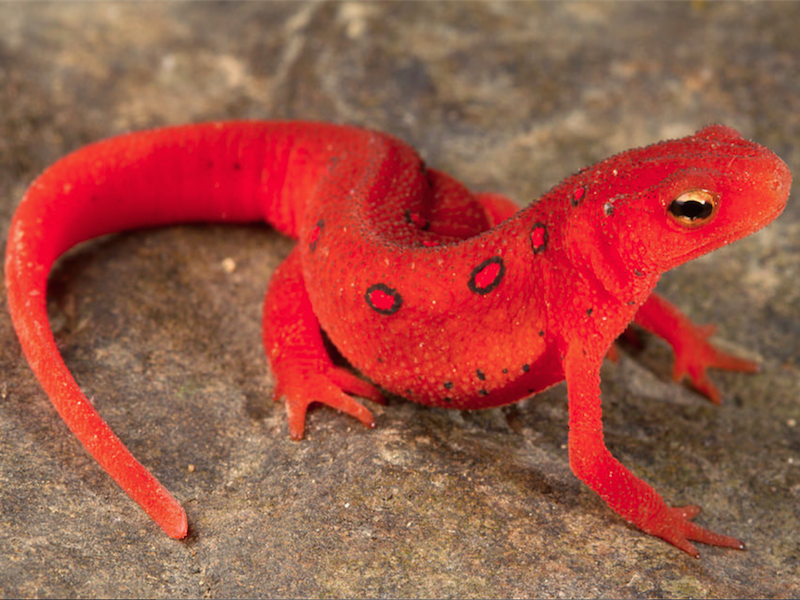-
Tips for becoming a good boxer - November 6, 2020
-
7 expert tips for making your hens night a memorable one - November 6, 2020
-
5 reasons to host your Christmas party on a cruise boat - November 6, 2020
-
What to do when you’re charged with a crime - November 6, 2020
-
Should you get one or multiple dogs? Here’s all you need to know - November 3, 2020
-
A Guide: How to Build Your Very Own Magic Mirror - February 14, 2019
-
Our Top Inspirational Baseball Stars - November 24, 2018
-
Five Tech Tools That Will Help You Turn Your Blog into a Business - November 24, 2018
-
How to Indulge on Vacation without Expanding Your Waist - November 9, 2018
-
5 Strategies for Businesses to Appeal to Today’s Increasingly Mobile-Crazed Customers - November 9, 2018
Newly Discovered Fungus could severely Impact Salamanders in US
They asked the U.S. Fish and Wildlife Service to place an immediate ban on live salamander imports until controls are in place to prevent the spread of the deadly fungus.
Advertisement
Salamanders are popular pets, and they’re shipped worldwide.
Salamanders play important ecological roles in North American ecosystems where they are one of the most numerous vertebrates.
Scientists from San Francisco State University, UC Berkeley and UCL issued warnings about the potential effects of deadly fungus, Batrachochytrium salamandrivorans (Bsal), in U.S regions where native salamanders dwell.
If it makes its way to our shores, a newly discovered fungus from Asia could wipe out large numbers of salamander species and spark a major North American biodiversity crisis, scientists are warning.
Until researchers will come up with a plant to detect the fungus and prevent it from spreading among the salamander population in the US the US Fish and Wildlife Service is urged to ban salamander imports.
The global pet trade is extremely risky because it enables animals to travel all along the world along with their local bugs and parasites and essentially spread them to their foreign relatives, who might or might not be equipped to battle these microscopic predators.
Although a ban is supported by key scientists and the Center for Biological Diversity initiated an online petition in May to institute a ban, the federal government has been slow to act. Studying habitats on the continent and salamander species richness, the researchers identified three high-risk zones for Bsal infections: the Southeast around the southern end of the Appalachian Mountains, the Pacific Northwest and the Sierra Nevada, and the highlands of Central Mexico.
More than 200 species of amphibians have become extinct or are near extinction because of a related fungus, Batrachochytrium dendrobatidis, making it the most devastating kind of infectious wildlife disease ever recorded, Vredenburg says. It is home to 48% of 676 recognized salamander species. “We actually have a decent chance of preventing a major catastrophe”.
“I have seen the effects of Bd on frogs, to the point where I’ve seen tens of thousands of animals die in the wild in pristine areas, here in California, right in front of my eyes”, said Vredenburg, an associate professor of biology at San Francisco State University. But the brand new mold may appear far more unsafe, “This mildew is very tougher”, said David Wake, co-author of this very reasearch from UC Berkeley.
Advertisement
He described the Bsal as an acute infection that turns salamander into little masses of lime in just three to four days.




























